Order Thermotogales Rank Genus | Phylum Thermotogae Family Thermotogaceae | |
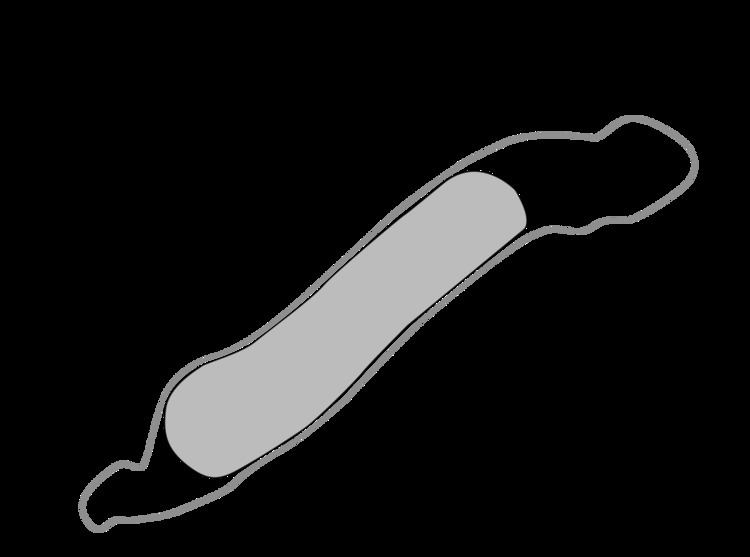 | ||
Similar Thermotoga maritima, Thermotoga neapolitana, Aquifex, Aquificae, Pyrococcus furiosus | ||
Thermotoga
Thermotoga is a genus of the phylum Thermotogae. Members of Thermotoga are hyperthermophilic bacteria whose cell is wrapped in a unique sheath-like outer membrane, called a "toga".
Contents
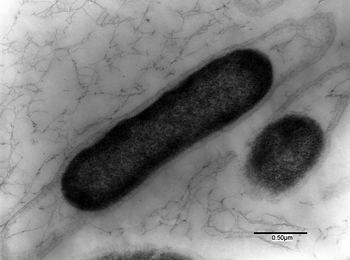
The members of the phylum stain Gram-negative as they possess a thin peptidoglycan in between two lipid bilayers, albeit both peculiar. The peptidoglycan is unusual as the crosslink is not only meso-diaminopimelate as occurs in Proteobacteria, but D-lysine.
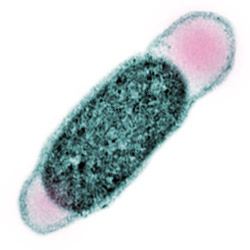
The species are anaerobes with varying degrees of oxygen tolerance. They are capable of reducing elemental sulphur (S0) to hydrogen sulphide, which in turn can be used.
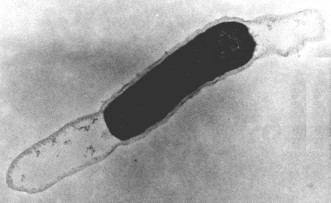
Whether thermophily is an innovation of the lineage or an ancestral trait is unclear and cannot be determined.
The genome of Thermotoga maritima was sequenced in 1999, revealing several genes of archaeal origin, possibly allowing its thermophilic adaptation. The CG (cytosine-guanine) content of T. maritima is 46.2%; most thermophiles in fact have high CG content; this has led to the speculation that CG content may be a non-essential consequence to thermophily and not the driver towards thermophily.
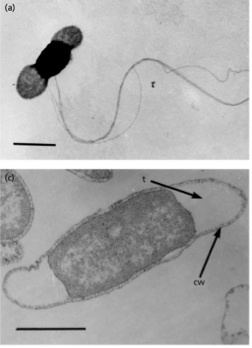
Modeling the metabolic network of thermotoga maritima
Members and relatives
The type species of the genus is T. maritima, first described in 1986. At the time, it was the first species of the phylum to be described. The genus Thermotoga now contains nine official species, while the phylum contains a single family (Thermotogaceae) with ten official genera (Fervidobacterium, Geotoga, Kosmotoga, Marinitoga,Mesotoga, Petrotoga, Thermococcoides, Thermosipho, Thermotoga and Oceanotoga).
T. subterranea strain SL1 was found in a 70 °C deep continental oil reservoir in the East Paris Basin, France.
The precise relation of the Thermotogae to other phyla is debated (v. bacterial phyla): several studies have found it to be deep-branching (in Bergey's manual it appeared in fact in "Volume I: The Archaea and the deeply branching and phototrophic Bacteria"), while other have found Firmicutes to be deep-branching with Thermotogae clustering away from the base.
Name
The paper and the chapter in Bergey's manual were authored by several authors including the microbiologists Karl Stetter and Carl Woese.
The Neolatin feminine name "thermotoga" means "the hot outer garment", being a combination of the Greek noun θέρμη (therme, heat) or more correctly the adjective θερμός, ή, όν (thermos, e, on, hot) and the Latin feminine noun toga (the Roman outer garment).
